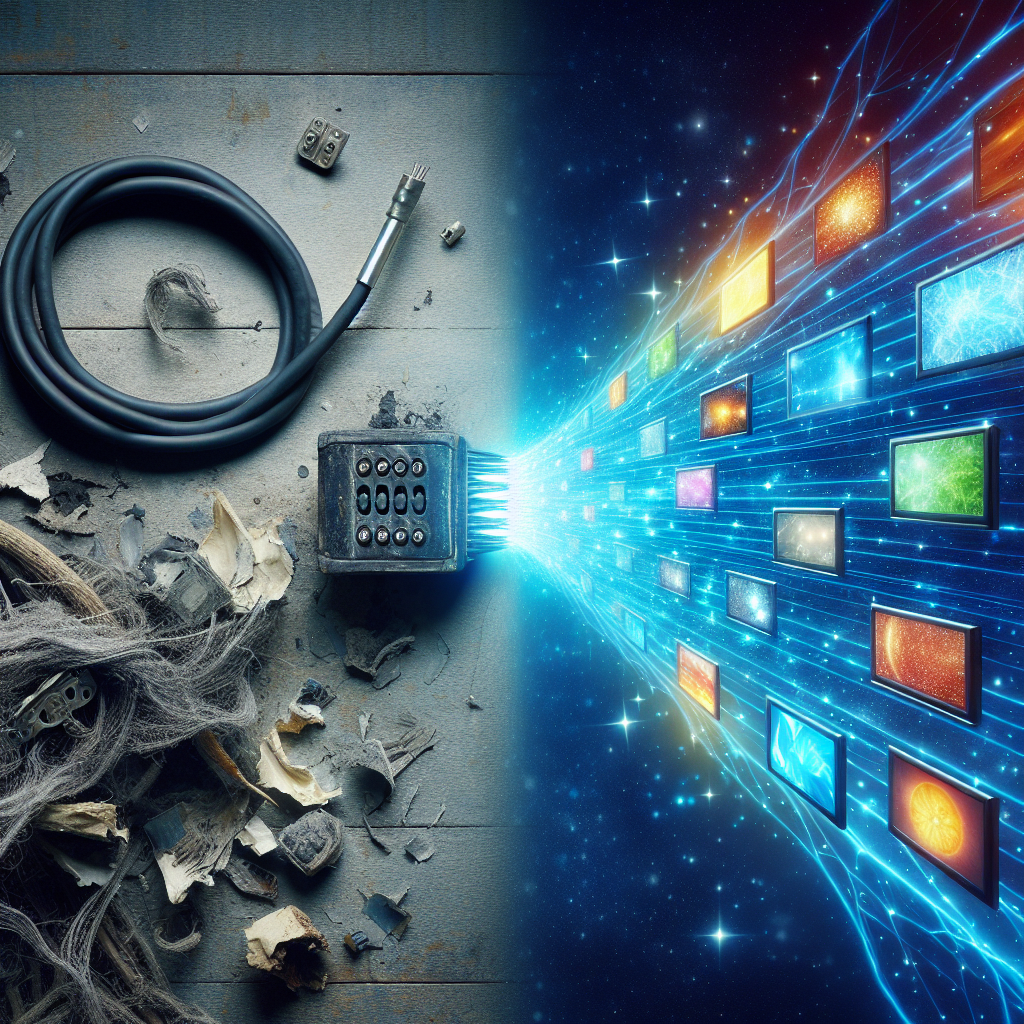The way we consume television has evolved drastically over the past few decades. From traditional cable TV to the rise of internet-based television (IPTV), the way we watch our favorite shows and movies has been transformed. As more and more consumers cut the cord with their cable providers in favor of streaming services like Netflix, Hulu, and Amazon Prime Video, it’s important to understand how to navigate this transition to IPTV.
One of the main reasons why people are making the switch from cable to IPTV is the flexibility and convenience that internet-based television offers. With IPTV, viewers have the freedom to watch their favorite shows on multiple devices, whether it be a smart TV, smartphone, tablet, or laptop. This means you can watch TV on your own schedule, without being tied down to a specific time slot or location.
Another benefit of IPTV is the wide range of content available. With cable TV, you are limited to the channels offered by your provider. However, with IPTV, you have access to a vast array of streaming services that offer a variety of TV shows, movies, and original content. This allows you to customize your viewing experience and choose the content that best suits your interests.
Navigating the transition from cable to IPTV can be a bit overwhelming at first, but with the right tools and knowledge, it can be a seamless process. Here are a few tips to help you make the switch:
1. Research different IPTV providers: There are many IPTV providers out there, each offering different packages and features. Take the time to research and compare different providers to find the one that best fits your needs and budget.
2. Check your internet connection: Since IPTV relies on an internet connection, it’s important to make sure that your internet speed is fast enough to support streaming. Consider upgrading your internet plan if necessary to ensure a smooth viewing experience.
3. Invest in the right equipment: Depending on the devices you plan to use for IPTV, you may need to invest in a streaming device, such as a Roku, Apple TV, or Amazon Fire Stick. These devices will allow you to access and stream content from various IPTV providers.
4. Explore different streaming services: Once you have set up your IPTV service, take some time to explore the different streaming services available to you. From popular platforms like Netflix and Hulu to niche services like Disney+ and HBO Max, there is a wide range of content to choose from.
Overall, making the transition from cable to IPTV can offer you more flexibility, convenience, and a wider range of content to enjoy. By taking the time to research and understand how to navigate this transition, you can make the most out of your new internet-based television experience.


Leave a Reply